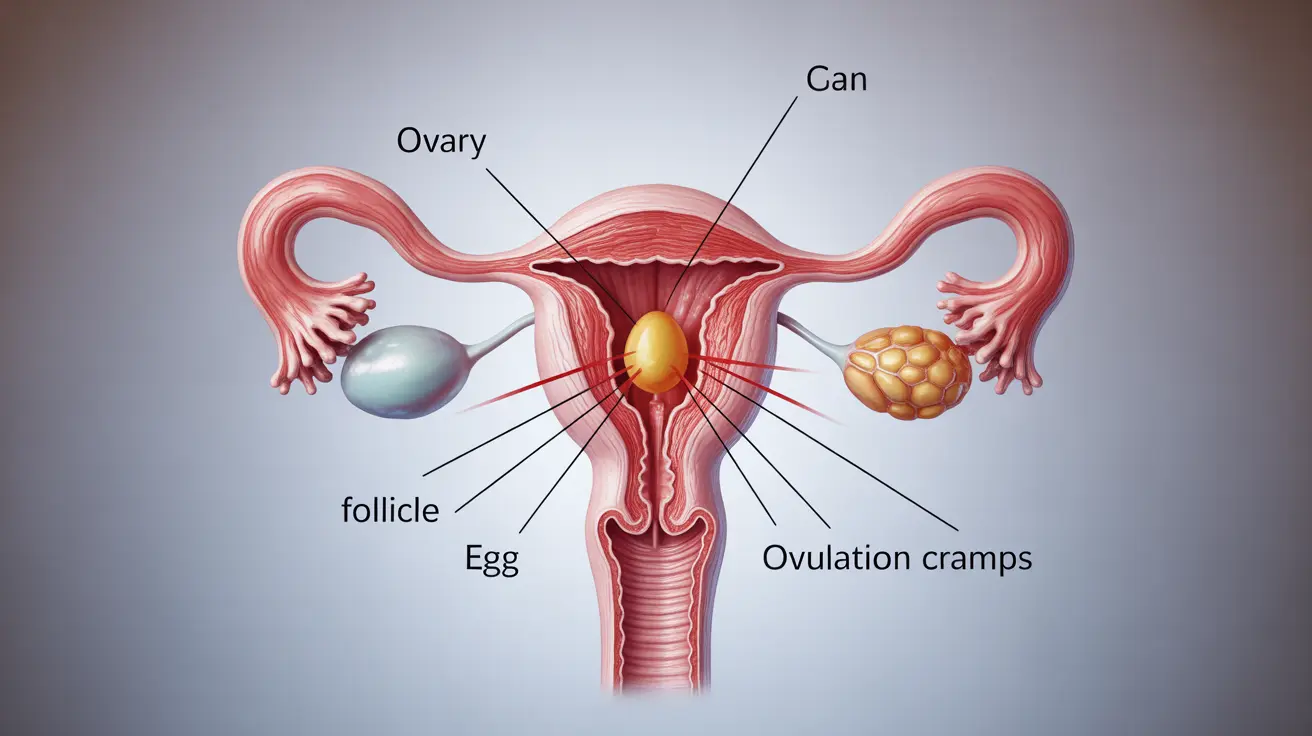Neck flexion, the forward bending movement of your head and neck, plays a crucial role in your daily activities and overall neck health. Whether you're looking at your phone, reading a book, or performing exercises, proper neck flexion is essential for maintaining good posture and preventing discomfort.
In this comprehensive guide, we'll explore the importance of neck flexion, common causes of related pain, effective exercises, and strategies to maintain optimal neck health. Understanding these aspects can help you prevent injuries and improve your quality of life.
Understanding Neck Flexion and Its Importance
Neck flexion refers to the forward bending motion of your head and neck, which engages several muscle groups, including the sternocleidomastoid and scalene muscles. This movement is fundamental for many daily activities, but excessive or improper flexion can lead to strain and discomfort.
Common Causes of Neck Pain and Stiffness
Several factors can contribute to neck pain and stiffness related to flexion:
- Tech neck from prolonged device use
- Poor posture while working or studying
- Muscle weakness or imbalances
- Stress and tension
- Sleep position issues
Understanding these causes is the first step toward prevention and treatment.
Essential Neck Flexion Exercises for Strength and Mobility
Incorporating regular neck exercises can significantly improve your neck's strength and flexibility. Here are some effective exercises:
Gentle Neck Flexion Stretches
- Chin tucks
- Controlled forward and backward tilts
- Side-to-side neck rolls
Strengthening Exercises
- Isometric neck flexion holds
- Resistance band exercises
- Progressive head lifts
Always perform these exercises slowly and with control to avoid injury. If you experience pain, stop immediately and consult a healthcare professional.
The Connection Between Neck Flexion and Headaches
Poor neck flexion patterns can contribute to tension headaches and cervicogenic headaches. Regular exercises and proper posture can help prevent these issues by:
- Reducing muscle tension
- Improving blood flow
- Maintaining proper nerve function
- Supporting overall neck alignment
Normal Range of Motion and Warning Signs
A healthy neck should typically flex forward about 45-50 degrees. Limited range of motion or pain during flexion might indicate underlying issues that require attention. Watch for these warning signs:
- Sharp or shooting pain
- Numbness or tingling
- Persistent stiffness
- Decreased range of motion
- Headaches that worsen with neck movement
Preventive Measures and Best Practices
Maintaining good neck health involves several key practices:
- Regular exercise and stretching
- Proper ergonomic setup at work
- Mindful device use
- Good sleeping posture
- Regular movement breaks
Frequently Asked Questions
What causes neck pain and stiffness related to neck flexion, and how can poor posture or device use contribute?
Poor posture and prolonged device use can strain neck muscles and create muscle imbalances. Extended periods of forward head posture place excessive stress on neck muscles and can lead to pain and stiffness.
What are the best exercises to improve neck flexion strength and mobility?
The most effective exercises include chin tucks, controlled neck flexion stretches, and gentle resistance training. These should be performed regularly and with proper form to build strength and maintain flexibility.
How can regular neck flexion exercises help relieve tension and prevent headaches?
Regular exercises help improve blood flow, reduce muscle tension, and maintain proper alignment of the cervical spine. This can significantly decrease the frequency and intensity of tension headaches.
What is the normal range of motion for neck flexion, and when should I be concerned about limited movement?
Normal neck flexion range is approximately 45-50 degrees. If you experience significant limitation, pain, or stiffness that persists for more than a few days, consult a healthcare provider.
How does strengthening the neck muscles protect against injury and improve overall neck health?
Strong neck muscles provide better support for your head, improve posture, and help maintain proper alignment. This reduces the risk of strain and injury while supporting optimal function in daily activities.




